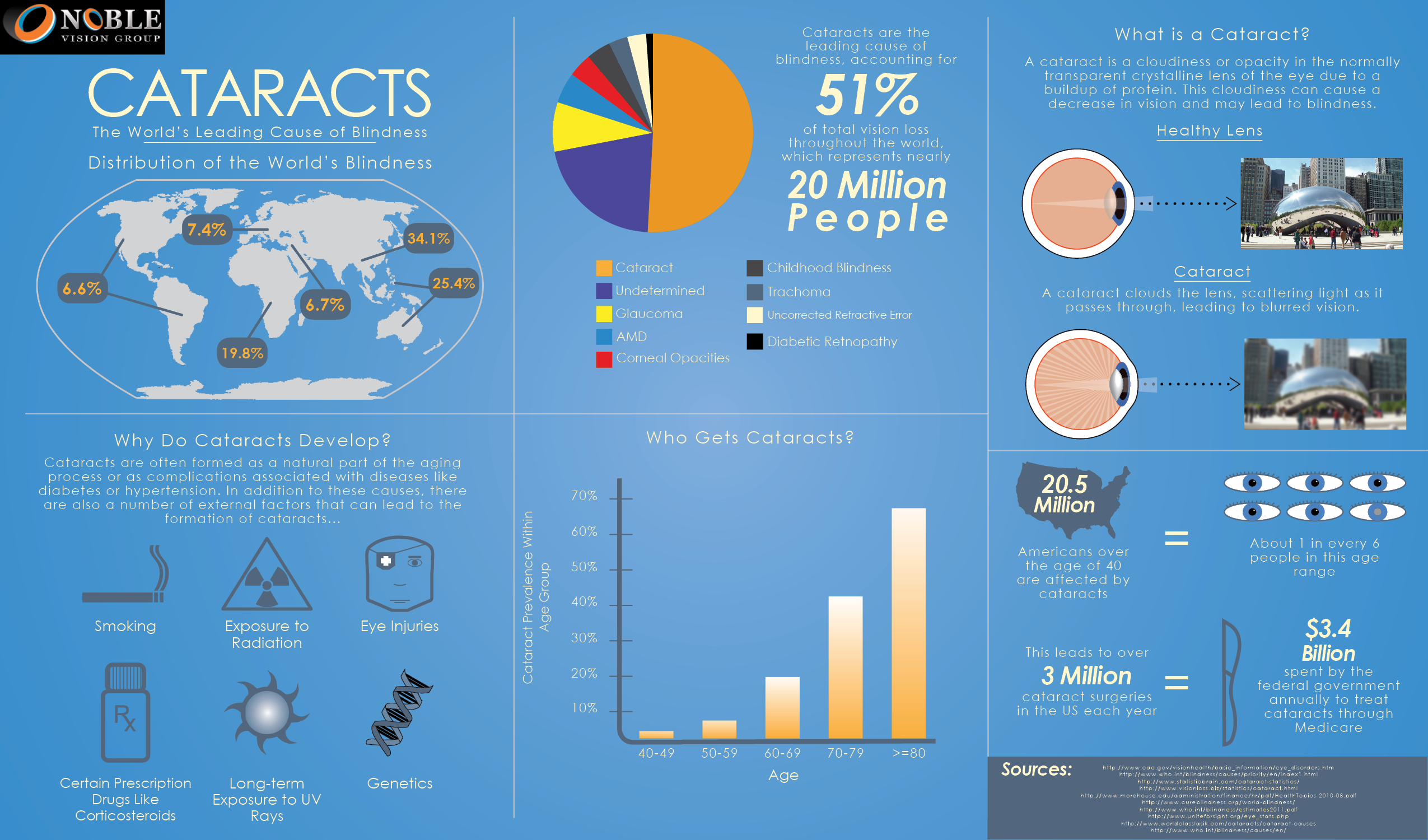Just How Does SMILE Eye Surgical Treatment Contrast To LASIK And PRK?
Just How Does SMILE Eye Surgical Treatment Contrast To LASIK And PRK?
Blog Article
Web Content Produce By-Weber Sander
If you have actually been taking into consideration SMILE eye surgical procedure, you may question how it stacks up against LASIK and PRK. Each procedure has its very own set of advantages and considerations. From quicker recovery times to possible threats, there are key differences you ought to understand prior to making a decision. Understanding these distinctions will assist you make an educated option that lines up with your specific demands and expectations. Interested to recognize even more about exactly how these treatments contrast thoroughly? Continue exploring to gain a detailed understanding of SMILE, LASIK, and PRK.
SMILE Eye Surgery Overview
If you're taking into consideration SMILE eye surgery, you'll discover it to be a minimally intrusive treatment with a fast recovery time. Throughout SMILE (Small Cut Lenticule Removal), a laser is used to develop a small, precise cut in the cornea to get rid of a small piece of cells, improving it to correct your vision. This differs from LASIK, where a flap is produced, and PRK, where the outer layer of the cornea is totally gotten rid of.
One of the vital benefits of SMILE is its minimally intrusive nature, resulting in a faster healing procedure and less discomfort post-surgery. The recuperation time for SMILE is reasonably quick, with lots of individuals experiencing improved vision within a day or 2. This makes it a preferred option for those looking for a practical and reliable vision improvement procedure. In addition, SMILE has been shown to have a lower risk of completely dry eye syndrome contrasted to LASIK, making it a beneficial alternative for people worried regarding this prospective adverse effects.
Differences Between SMILE, LASIK, and PRK
When comparing SMILE, LASIK, and PRK eye surgeries, it's important to comprehend the distinctive strategies used in each procedure for vision adjustment.
SMILE (Small Cut Lenticule Extraction) is a minimally intrusive procedure that entails creating a little cut to draw out a lenticule from the cornea, reshaping it to remedy vision.
LASIK (Laser-Assisted Sitting Keratomileusis) involves creating a slim flap on the cornea, making use of a laser to reshape the underlying cells, and after that repositioning the flap.
PRK (Photorefractive Keratectomy) removes the external layer of the cornea before improving the tissue with a laser.
is it possible to have cataract surgery twice lies in the means the cornea is accessed and treated. SMILE is flapless, making it an excellent choice for people with thin corneas or those associated with get in touch with sporting activities. LASIK supplies fast aesthetic recovery as a result of the flap creation, however it may position a higher danger of flap-related issues. PRK, although having a much longer healing period, prevents flap-related concerns entirely.
Recognizing these differences is critical in selecting the most appropriate treatment for your vision modification demands.
Pros and Cons Comparison
To review the benefits and drawbacks of SMILE, LASIK, and PRK eye surgeries, it's vital to take into consideration the details advantages and possible restrictions of each procedure. SMILE surgical procedure uses the benefit of a minimally intrusive procedure, with a smaller sized cut and potentially quicker recuperation time compared to LASIK and PRK. It additionally decreases the danger of dry eye post-surgery, a common negative effects of LASIK. However, SMILE might have constraints in dealing with greater degrees of myopia or astigmatism contrasted to LASIK.
LASIK surgery provides quick visual recuperation and marginal pain during the treatment. It's highly reliable in treating a variety of refractive errors, including nearsightedness, hyperopia, and astigmatism. Yet, LASIK lugs a threat of flap complications, which can impact the corneal structure.
PRK eye surgical treatment, while not as preferred as LASIK, stays clear of creating a corneal flap, decreasing the threat of flap-related issues. It appropriates for people with slim corneas or uneven corneal surfaces. However, PRK has a much longer recuperation time and may include a lot more pain during the healing procedure.
Final thought
So, when it concerns picking in between SMILE, LASIK, and PRK, think of it like choosing the best pair of footwear. Laser Eye Surgery Astigmatism Risks is like a smooth, comfortable set of sneakers - quick and very easy.
LASIK is extra like trendy high heels - fancy and quickly, but with some prospective threats.
PRK is like strong hiking boots - reliable and durable, however calling for a bit more effort and time.
Inevitably, the best option depends on your specific demands and preferences.
